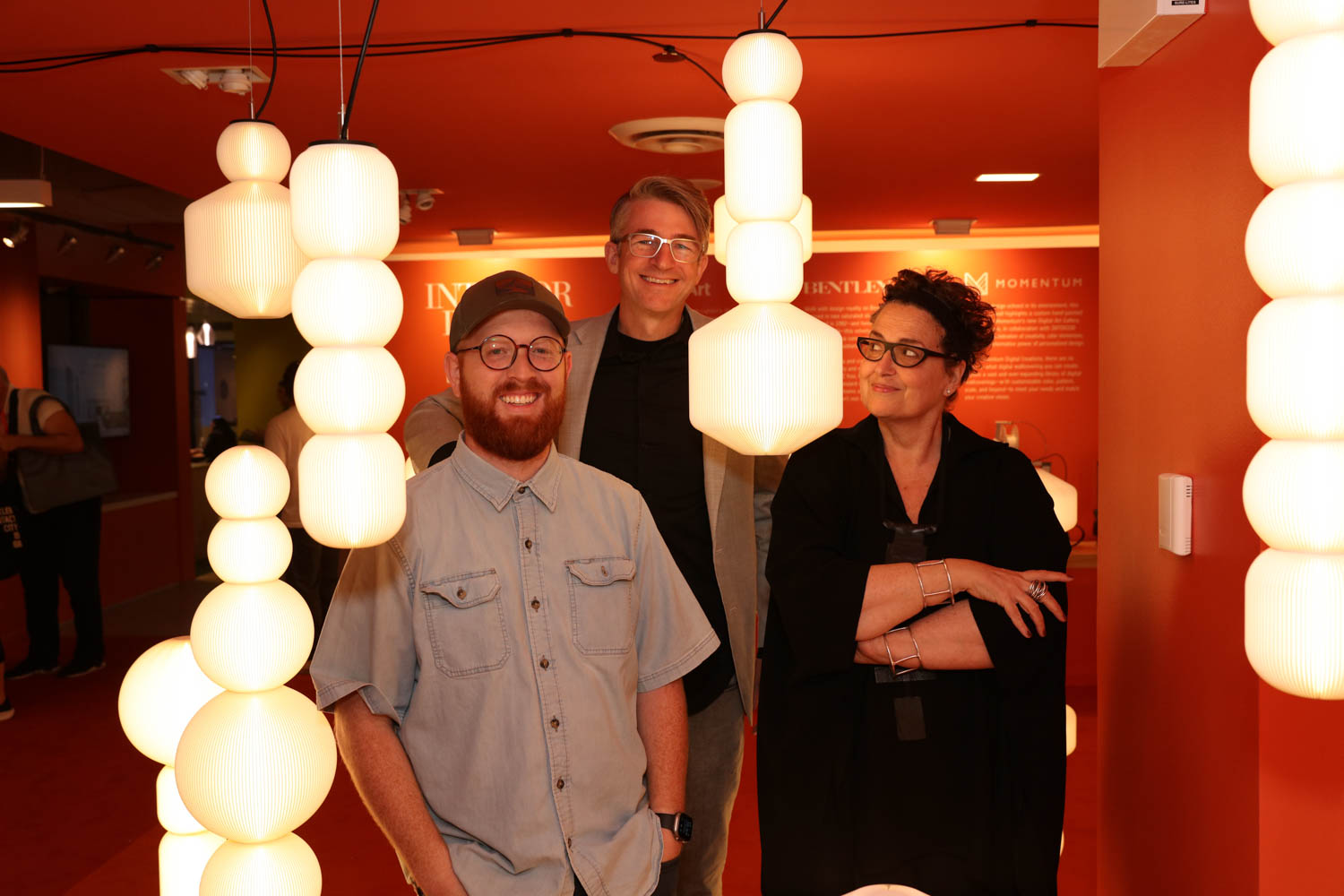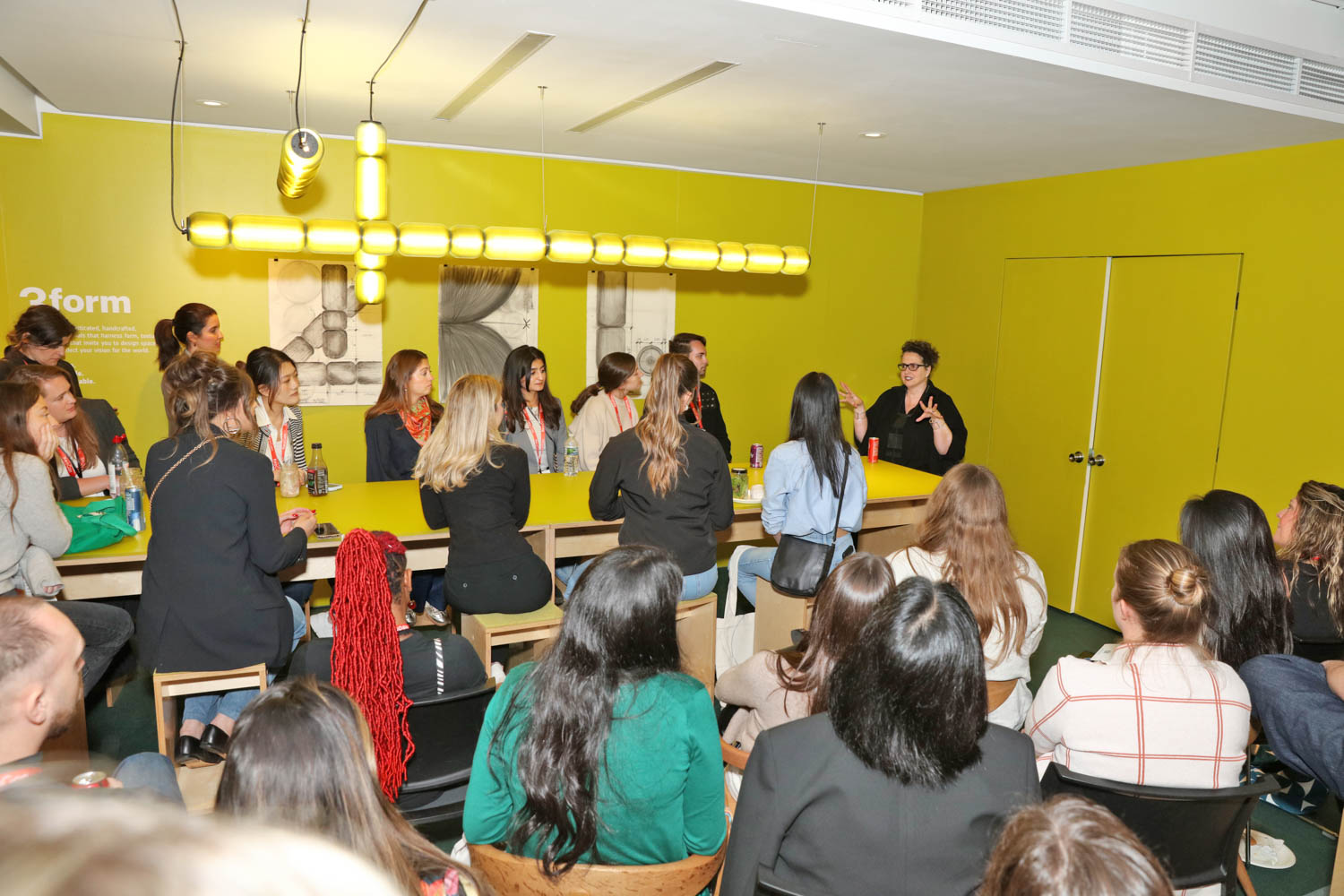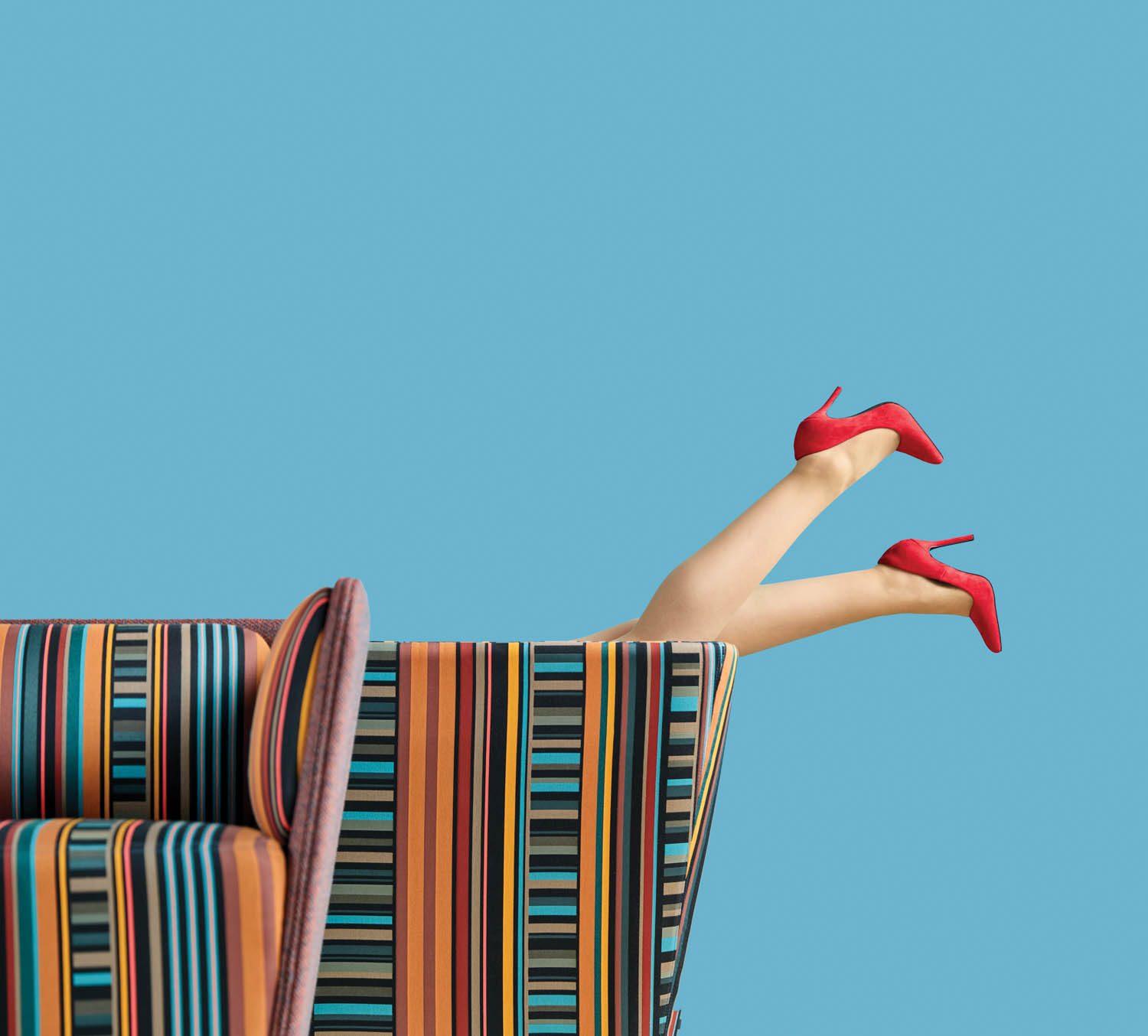10 Questions With… EOOS
 “There are too many bad products all over the world,” says Martin Bergmann, who dreams of less, but better design. Before they teamed up to form Austrian design firm EOOS in 1995, Bergmann, Gernot Bohmann, and Harald Gründl were university pals. However, the trio knew even before they graduated from the University of Applied Arts in Vienna that drawing together their different talents to focus on design as “a poetical discipline between archaic and high-tech” (according to their company manifesto) was their future. Interior Design recently had the rare opportunity to meet with all three principals, and they shared design influences, pet peeves, and more.
“There are too many bad products all over the world,” says Martin Bergmann, who dreams of less, but better design. Before they teamed up to form Austrian design firm EOOS in 1995, Bergmann, Gernot Bohmann, and Harald Gründl were university pals. However, the trio knew even before they graduated from the University of Applied Arts in Vienna that drawing together their different talents to focus on design as “a poetical discipline between archaic and high-tech” (according to their company manifesto) was their future. Interior Design recently had the rare opportunity to meet with all three principals, and they shared design influences, pet peeves, and more.
Interior Design: What’s debuting for EOOS over the next couple of months?
Martin Bergmann: For Duravit we designed Shower + Bath, a shower and bath that is one object. At first glance, you see a shower with mirrored glass on the side. But step inside, and you have a really precise shower space. And then close the glass door, lay down, and you have a bathtub.
Gernot Bohmann: We designed new airport terminal seating system for Poltrona Frau called Aeotos. For the upcoming NeoCon fair, we have two new series, including lounge furniture for Keilhauer that is somewhere between residential and office. Then we have an extension of a casegood series for a private office we did for Herman Miller and Geiger.
Bergmann: We presented a new sofa system and a side table series at Salone del Mobile in Milan for Walter Knoll, a big client for us, called Tama Living. We also added new surfaces, materials, and leathers to existing pieces—a big combination of leather, Corian, wood, and steel.
ID: We hear you also have a project close to your heart.
Harald Gründl: Yes, it’s something surprising: a currency for refugee camps. It is a digital system that we want to introduce, part of a project for a refugee camp of about 600 people that we did for the La Biennale di Venezia last year. We had this idea to have an alternative currency in order to support the local economy and create work. The framing will be digital and like a game, because we’d have problems with banks!
ID: What designer inspires you, and how has he or she influenced your work?
Bergmann: At Carl Hansen & Son, the great hero is Hans Wegner, and he did wonderful chairs. So when the company came to us and said make us a chair, we said, “How can we do a better chair than Hans Wegner?” You immediately lose. We saw that Carl Hansen can do very beautiful frameworks in wood, maybe the best in the world—but they didn’t have a view on upholstery. We are big on upholstery, so we combined these two fields and it became a complete new category that was a big success.
ID: Is there a design trend you really like?
Gründl: Everything is becoming digital. We like things that are magical, so that is our approach to technology as well. We did a door lock for a startup in Austria and when you approach the door, it just opens. You do nothing. That’s magic.
ID: What about a design obsession?
Bergmann: American sculptors! We would love to have an original Alexander Calder sculpture… or Isamu Noguchi. But we can’t afford it.
ID: Do you have a favorite paint color?
Bergmann: Yes, but I have no idea how to describe it. It’s a a deep red. At our first atelier in Vienna, there was a wonderful steel structure painted in this color. I painted it and then my friends saw it and they immediately said, “That is EOOS.” That is our color. It’s basically an anti-rust primer, but so beautiful.
ID: Do you have a favorite book?
Bergmann: We love the mid-century modern period. Julius Shulman did wonderful photographs of the work of Rudolph Schindler and Richard Neutra, both Austrians with great work in America. We love the old photographs of the Case Study houses.
ID: Tell us about an interior design pet peeve.
Bergmann: Gold. We hate fake.
Gründl: Yes, gold is everywhere at the moment—fake gold. It is not authentic.
ID: What historic interior do you really admire?
Bergmann: Haus Wittgenstein in Vienna. It is complete minimalism. Paul Engelmann and philosopher Ludwig Wittgenstein built it for Wittgenstein’s sister. For me it is a visualization of the mathematics of the time. The proportions and the ideas behind it are genius.
Gründl: The entire basement is used for keeping up the fragility of the upper living space. There is all this machinery to bring down the windows for the ventilation. Really the entire basement is just a machine to keep the glass structure above it alive.
ID: Is there an item that you can’t live without in your life, an object that you use every day?
Bergmann: I draw every day with an old pencil. I always carry this pencil when I am in the studio. And when I go home, I put the pencil on my desk. I cannot live without it.


